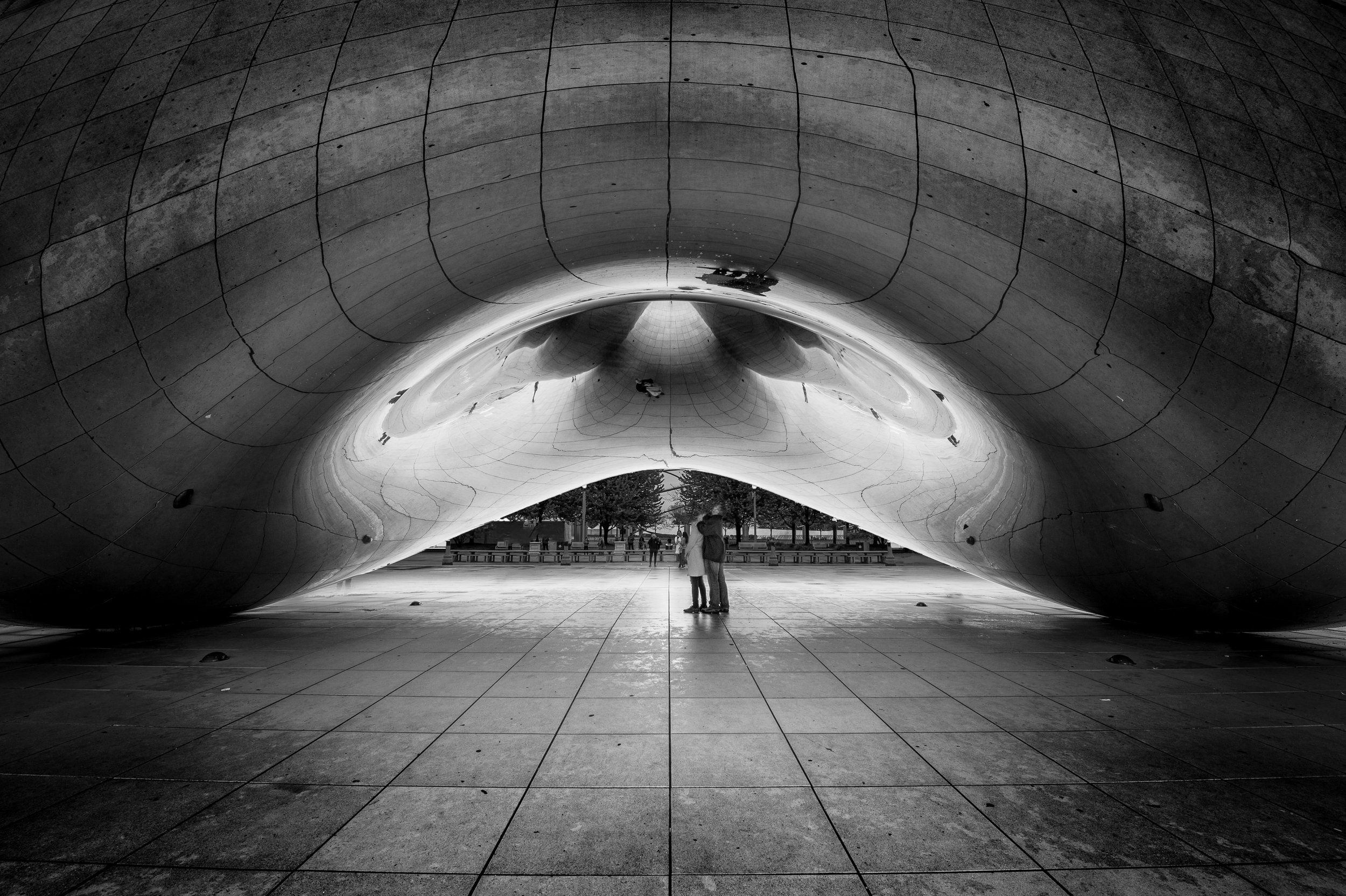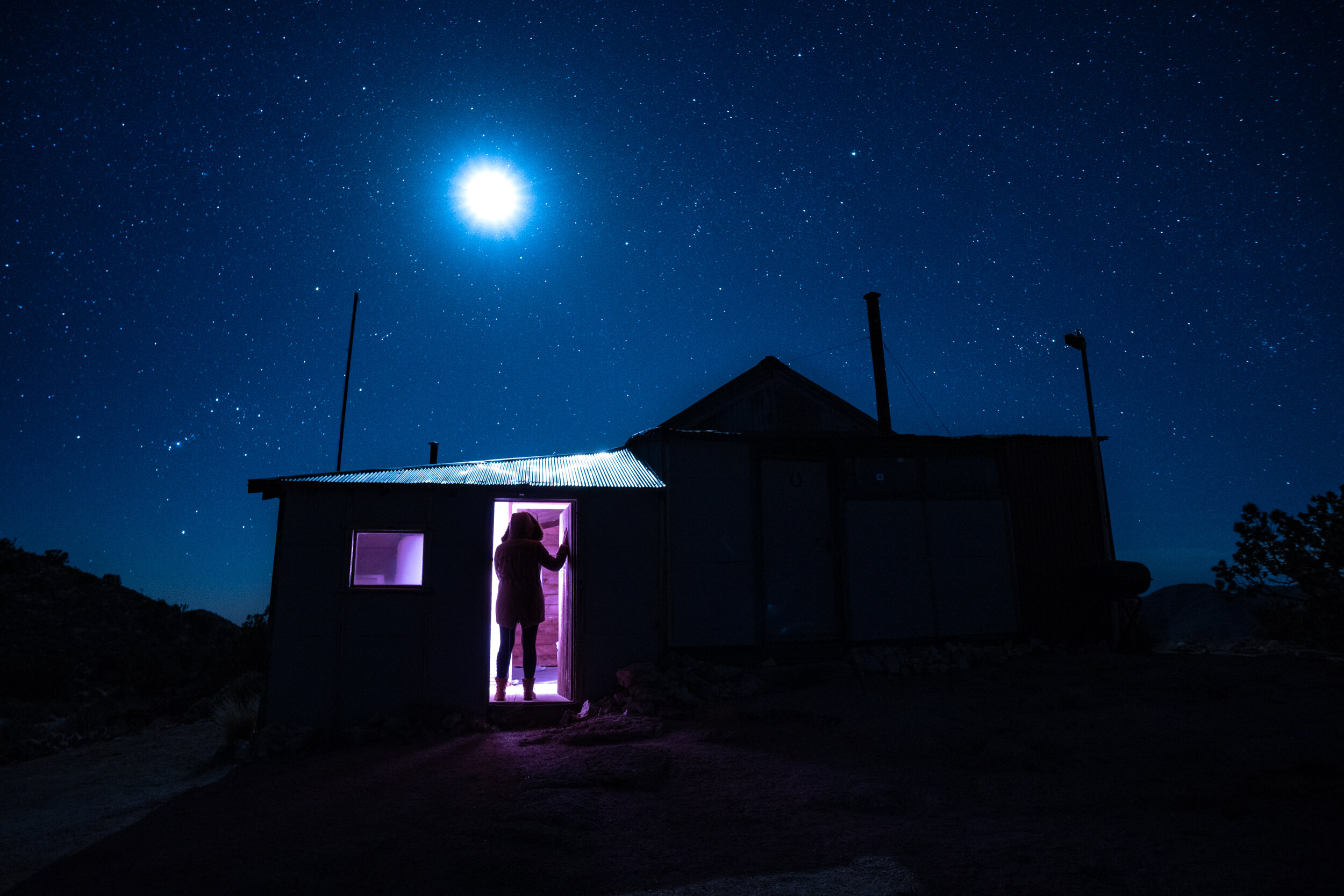West Quoddy Head Lighthouse. Nikon D780 with a Tamron 15-30mm f/2.8 lens at 18 mm. Five stacked frames shot at 10 minutes, f/3.2, ISO 800.
The Location
After our recently completed PhotoPills workshop in Acadia National Park, Chris and I took an extra day and night to visit Lubec, Maine, and the West Quoddy Head Lighthouse––the easternmost point in the continental United States and the light that warns ships of its rocky shores.
We both enjoy working out different strategies for photographing lighthouses with different types of beacons. Some beams are continuous, some pulse or flash, and some rotate. Each type requires a unique approach to get the best possible exposure (or exposures) for both the lighthouse and the surrounding landscape.
West Quoddy Head Light is among the most common in the category: those with a pulsing or flashing light. The beacon switches on and off every few seconds in a consistent, unique pattern (referred to as the lighthouse’s “characteristic”) that enables mariners to establish their location.
Seafaring folk just need to know what the colors and pattern are—they’re not concerned about anything else. But night photographers? We care. The longer that the light remains off (the “eclipse,” in lighthouse terminology), the easier it is to photograph, because the longer it’s on (the “flash”), the harder it is to control in a night exposure. West Quoddy Head’s characteristic is a white beam that flashes for 2 seconds, eclipses for 2 seconds, flashes for 2 seconds, eclipses for 9 seconds, then repeats (Figure 1).
Figure 1. This animation depicts what the 2-2-2-9-second flash sequence of the West Quoddy Head Lighthouse looks like in-person. This is the drastic change in exposure you need to compensate for when shooting a flashing-beam lighthouse. © 2021 Chris Nicholson.
Even for lighthouses with long eclipses, exposure is still a challenge, because the lantern is so bright. The usual technique to keep the flash from blowing out in an exposure is to cover the lens while the light is on and expose when the light is off over an extended period of time until an adequate ambient exposure is achieved. You still want to see the light, of course, so you allow the camera to see just a single flash.
Now let’s get back to Lubec and West Quoddy Head Lighthouse. We had arranged for after-hours access to the grounds, which is in a state park that is normally closed at sunset. We’d had a long day of travel and arrived after darkness had already fallen. There was no moon that night, and we set up without the benefit of daytime scouting. (Chris had been there before, but almost 20 years earlier!)
The lighthouse is situated on a peninsula (Figure 2) at the mouth of the Bay of Fundy, making it accessible from all sides with lots of photographic opportunities. The candy-striped paint and classic keeper’s house are easy to work with, but what really makes this lighthouse fun to photograph is its characteristic—that flash pattern of 2, 2, 2, 9.
Figure 2. Google Earth view of the West Quoddy Head Lighthouse.
The unusually long 9-second period of darkness makes it easier than most other lighthouses to get a good image without over-exposing the lantern. This was especially helpful on that moonless night, as there was almost no light source other than the stars to illuminate the overall scene. A few dim lights (an exit sign and a computer’s glow) inside the keeper’s house lit a couple of the windows, but did little to light the landscape.
The Composition
My initial inclination was to set up beneath the lighthouse on the north side to capture the vertical core of the late-season Milky Way behind it (Figure 3). This required using an ultrawide lens tilted significantly upward. The resulting composition was tight on the sides, had too much foreground and had too much perspective distortion for me to correct effectively in post-production.
Figure 3. West Quoddy Head Lighthouse test shot. I wanted to get the Milky Way in the frame, but didn’t like the compositional options. Nikon D780 with a Tamron 15-30mm f/2.8 lens at 15mm. 8 seconds, f/2.8, ISO 12,800.
I moved around to the south side of the lighthouse and set up a horizontal composition that included the keeper’s house, the ocean and a great alignment to make star circles. I wished that we had at least a little moonlight for the landscape, but that was not the case.
I established my composition with the intention to keep the camera level (in order to minimize distortion) and to crop out some of the resulting dark grassy foreground.
Then I focused on an illuminated window in the keeper’s house. I was about 50 feet from the house, so I knew that with an 18mm lens I could safely focus on the foreground and still have the stars in focus. (See “Use Hyperfocal Distance to Maximize Depth of Field at Night.”) Since we had just finished the PhotoPills bootcamp and those skills were fresh in my mind, I confirmed my focus choice with the Advanced DoF pill and found that if I focused at 50 feet then my depth of field would be from 18 feet to infinity. That was plenty!
The Exposure
While we generally use a baseline of 20 seconds, f/2.8, ISO 6400 for starlit scenes, that’s really a compromise exposure that underexposes to keep the stars as points of light. I prefer to add at least a stop of extra exposure for my star trail images; my go-to baseline for star trails is 10 minutes, f/3.2, ISO 800.
I could have used the Six Stop Rule to extrapolate, but since I was changing all three exposure variables from my test shot, it was easier to use the Exposure pill in PhotoPills to translate from the test exposure to the final exposure. In this case, a successful test of 1 minute, f/2.8, ISO 6400 yielded a final exposure of 10 minutes, f/3.2, ISO 800 (Figure 4). Boom! My go-to baseline was almost exactly the same as that night’s perfect exposure.
Now that I had fixed the composition, focus and exposure, it was time to get down to the real task at hand. In order to get a good semblance of a star circle with a wide lens, I knew that I would have to do at least 30 minutes of exposures, and preferably more.
Figure 4. Unadjusted frame from the series, showing the single-shot exposure. Nikon D780 with a Tamron 15-30mm f/2.8 lens at 18 mm. 10 minutes, f/3.2, ISO 800.
If you’ve been paying attention, you might be wondering at this point how I’d go about exposing long enough for a star circle while covering the lens whenever the light was flashing. The short answer can be summed up with two words: patience and determination.
That meant that I would have to stand behind the camera covering and uncovering the lens according to the flash sequence of the lighthouse for the entire series of exposures. I probably could have used the cover-the-lens technique for just one exposure and then masked out the lighthouse from the rest of the images in post, but that’s not how I roll. I wanted to do as much in-camera and as little in post as possible.
I practiced for a couple of minutes to get the rhythm of the flash sequence down, and then started my first exposure, not knowing how long I’d be able to keep it up without accidentally uncovering the lens at the wrong time. To keep my count, when I wasn’t covering the lens, I was waving the black card in time with my counting. As luck would have it, I managed to pull off five 10-minute exposures, each with good highlight detail, even keeping it together when Chris came over to see what I was up to and started chatting.
Counting, covering and uncovering while trying to hold a conversation is not an easy task. It was on the sixth exposure that I whacked the lens with my black card and moved the camera ever so slightly. So that was it. Fifty minutes of star trails behind a lighthouse with a well-exposed lantern. That was a record for me, but now I can’t wait to go back and do it under a full moon!
The Processing
Stacking the images in Photoshop was relatively easy because of the way I’d gone about capturing the raw materials. The light wasn’t blowing out in any of the exposures, so it was a simple matter of:
selecting the five frames in Lightroom
choosing Photo > Edit In > Open as Layers in Photoshop
selecting all five layers
changing the blend mode of the five layers to Lighten (Figure 5)
Figure 5.
I made a few minor touch-ups, then saved and returned the image to Lightroom.
Wrapping Up
Lighthouses are a challenging and fun subject for night photography. Sometimes the approach is dictated by geography––like the charming Bass Harbor Head Lighthouse in Acadia National Park and how it demands certain compositional compromises—while others offer 360 degrees of access.
The technique to get the best images varies from one lighthouse to the next, but the biggest challenge is usually trying to manage overexposure in the lantern while getting enough exposure for the landscape. The solution to that challenge varies depending on the lighthouse, and in this case the particular set of challenges pushed me toward a final photograph (Figure 6) I was quite happy with.
Figure 6. The final image of West Quoddy Head Lighthouse. Nikon D780 with a Tamron 15-30mm f/2.8 lens at 18 mm. Five stacked frames shot at 10 minutes, f/3.2, ISO 800. That was fun.
If you’d like to have a go at some of the best lighthouses in North America, sign up for the waitlist for our Lighthouses of the Outer Banks, Acadia National Park or Monhegan Island workshops, and keep an eye out for more lighthouse workshops in the future.
What lighthouses have you photographed at night? We’d love to see! Feel free to post your take on this towering genre in the comments, on our Facebook page or on Instagram (tag us @nationalparksatnight and/or hashtag us #nationalparksatnight).





























